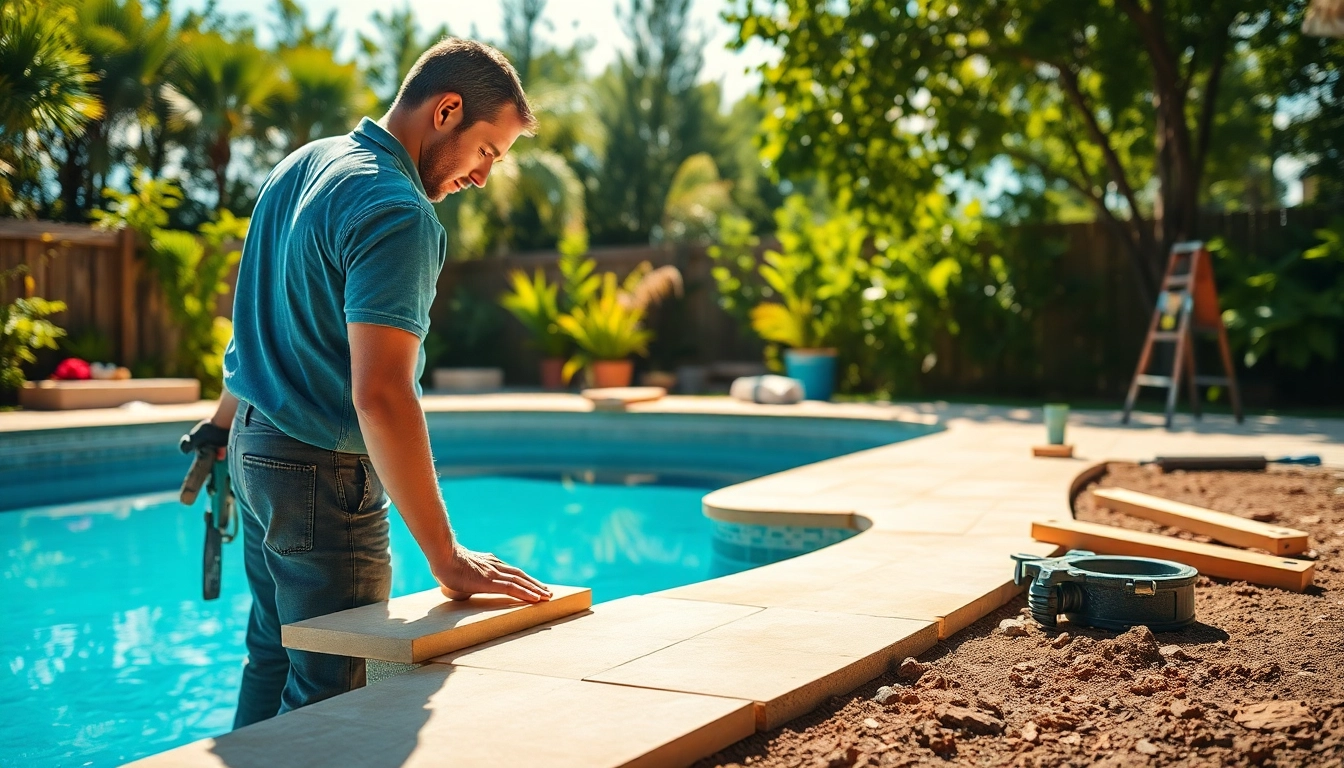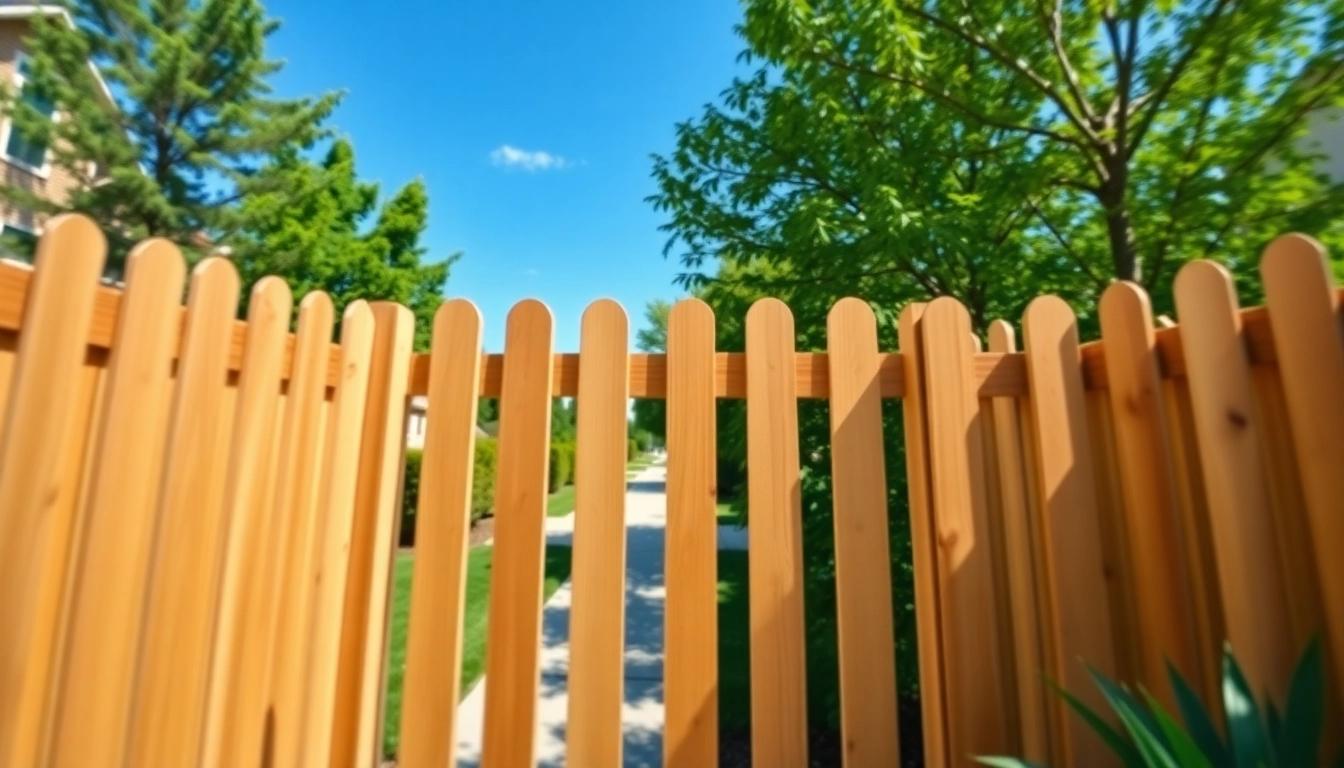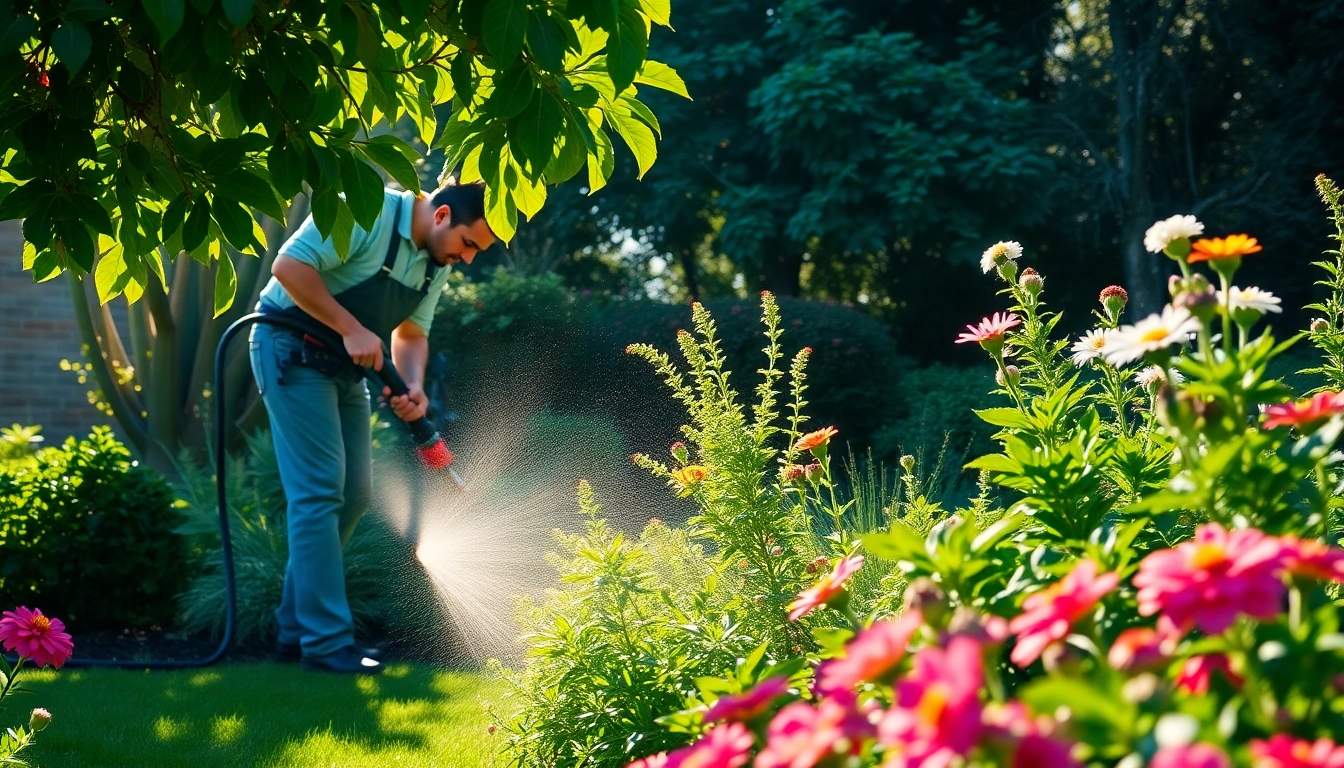The Importance of Professional Swimming Pool Installation
Installing a swimming pool is a significant investment that can greatly enhance your property’s value while providing joy and relaxation for years to come. However, swimming pool installation is not a simple DIY task—it requires professional expertise to ensure safety, code compliance, and durability. This article delves into why opting for professional installation services is paramount for a successful and hassle-free pool installation experience.
Why Opt for Expert Services?
With the vast range of options for swimming pools—from materials to designs—making the right decisions without professional guidance can be overwhelming. Experts provide insights based on extensive experience in the field and knowledge of local regulations and trends. Here are several compelling reasons to choose professional installation:
- Expert Design Advice: Professionals can recommend designs and features that complement your home and landscape while also considering functionality and safety.
- Compliance and Permitting: Navigating the permits and regulations required in your area can be complex. Experts handle this process, ensuring your installation meets all local code standards.
- Quality and Safety: Professional installation ensures that all safety measures are properly implemented, reducing risks associated with poorly constructed pools.
- Warranty and Support: Most reputable installers offer warranties on their work, providing peace of mind that any issues will be addressed promptly.
Understanding Pool Types and Their Installation
Before commencing installation, it’s essential to understand different pool types, as each requires a unique approach:
- Inground Pools: These pools can be made of concrete, fiberglass, or vinyl. Each has different installation processes and longevity standards. Concrete pools are custom and durable but take longer to install. Fiberglass pools offer a quicker installation and lower maintenance but come in limited shapes and sizes.
- Above Ground Pools: These are generally easier and more affordable to install but require a level base and proper anchoring to ensure stability.
Common Mistakes in DIY Swimming Pool Installation
While DIY installations can save money, they often lead to costly mistakes. Here are common pitfalls:
- Improper Site Preparation: Neglecting to properly assess and prepare the site can lead to drainage issues and structural failures.
- Ignoring Local Codes: Failing to adhere to local regulations can result in fines, demolition, or remodelling requirements.
- Inadequate Safety Features: Skipping essential safety features can increase the liability of having a pool.
Steps in the Swimming Pool Installation Process
Site Evaluation and Preparation
The first step in installation is a thorough site evaluation. Professionals assess the property for factors such as soil type, size of the area, and access to machinery. Once prepared, the following steps include:
- Clearing the Site: Remove any obstacles, debris, or vegetation that may interfere with installation.
- Excavation: Depending on pool type, the next step involves digging the appropriate depth and shape, which must be accurate to prevent structural issues.
Design Considerations for Your Pool
Designing a swimming pool necessitates consideration of aesthetics, functionality, and safety. Key considerations include:
- Shape and Size: Choose a shape that fits your backyard layout and needs. For smaller yards, consider a rectangular shape for swimming or a freeform shape for aesthetics.
- Depth: Determine the depth based on intended use. Shallow ends are suitable for children, while deeper sections cater to diving and adult swimming.
- Materials: The choice of materials (e.g., vinyl, fiberglass, gunite) influences maintenance, durability, and cost.
Choosing the Right Materials
Selecting the right materials is critical to the longevity and maintenance of your pool. Here’s a brief overview of popular options:
- Vinyl Liners: These are cost-effective and come in various designs, but they can require replacement after several years.
- Fiberglass: Known for quick installation and low maintenance, these typically last longer than vinyl.
- Concrete: Highly customizable and the most durable, concrete pools have higher initial costs and longer installation times.
Cost Factors in Swimming Pool Installation
Breaking Down Installation Costs
The total cost of swimming pool installation can significantly vary based on several factors, including:
- Type of Pool: Inground pools tend to be pricier than above-ground options.
- Location and Site Preparation: Costs can increase if extensive excavation or customization is needed for the site.
- Additional Features: Water features, lighting, and decks can elevate costs significantly.
Financing Your Dream Pool
Financing options are crucial for homeowners looking to install a swimming pool. Consider the following approaches:
- Personal Loans: Unsecured loans can help you finance your pool without tapping into home equity.
- Home Equity Loans: Leveraging your home equity may provide access to lower interest rates.
- Pool Installation Financing: Some contractors offer financing options tailored to swimming pool projects.
Long-term Maintenance and Upkeep Costs
Once your pool is installed, maintenance is key to its longevity. Regular upkeep includes:
- Routine Cleaning: Debris removal, tile cleaning, and algae prevention should be part of your maintenance schedule.
- Water Chemistry: Regular testing and balancing of chemicals ensure safe and clean water, affecting equipment longevity.
- Seasonal Care: Preparing your pool for winter or summer involves specific care steps that require attention to detail.
Enhancing Your Swimming Pool Installation Experience
Choosing Additional Features and Accessories
Enhancements can elevate your pool experience considerably. Consider the following:
- Lighting: Waterproof LED lights can create a vibrant atmosphere for nighttime swimming.
- Heating Systems: Pool heaters extend the swimming season by maintaining a comfortable water temperature.
- Automatic Covers: Covers can improve safety and reduce maintenance by keeping debris out when the pool is not in use.
Landscaping Ideas to Complement Your Pool
Landscaping around your pool defines the overall aesthetic and enhances the visual appeal. Some ideas include:
- Natural Stone Patios: Create a non-slip and visually appealing surface surrounding the pool.
- Tropical Plants: Enhance your backyard oasis with water-friendly plants that thrive in your climate.
- Fencing and Privacy Screens: Besides safety, fences can create a cohesive look and block noise and views from neighbors.
Working with Your Installer: Best Practices
Effective communication with your pool installer is vital. Here are some best practices for ensuring a successful installation:
- Set Clear Expectations: Discuss timelines, costs, and expectations upfront to avoid misunderstandings.
- Regular Updates: Schedule regular check-ins to stay informed on progress and any challenges that may arise.
- Documentation: Ensure that all agreements, warranties, and permits are documented to protect your investment.
Local Regulations and Safety in Swimming Pool Installation
Navigating Permit Requirements
Understanding and complying with local regulations is essential before installing a pool. These regulations often cover:
- Permit Applications: Most local governments require permits that authenticate your project, ensuring it meets zoning laws.
- Inspections: Inspections during construction may be mandatory to ensure safety codes are being upheld.
Understanding Safety Standards and Guidelines
Safety is paramount in pool installation. The latest standards typically include:
- Fencing Regulations: Most areas mandate that pools be enclosed with fencing that meets height and gate requirements.
- Self-Closing Latches: Gate latches should meet safety guidelines to prevent unsupervised access by children.
Environmental Considerations in Pool Installation
Considering the environment impacts both your local ecosystem and your pool’s sustainability:
- Water Management: Effective water management systems reduce waste and keep your pool’s water clean.
- Energy-Efficient Equipment: Utilizing energy-efficient heaters, pumps, and filtration systems can lower operating costs.
- Eco-Friendly Landscaping: Selecting native plants and sustainable materials can minimize environmental impact and maintenance.



